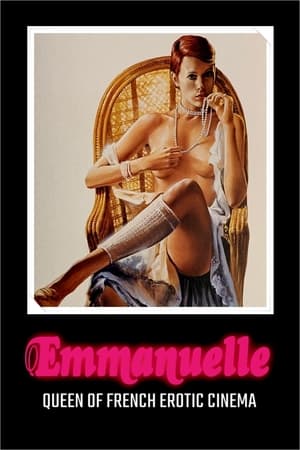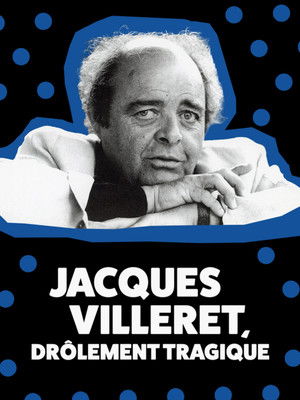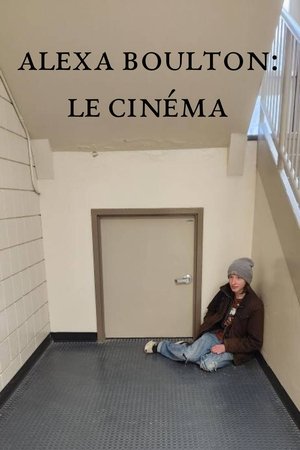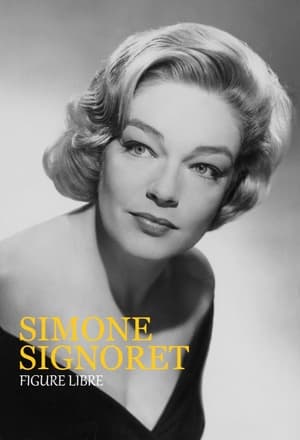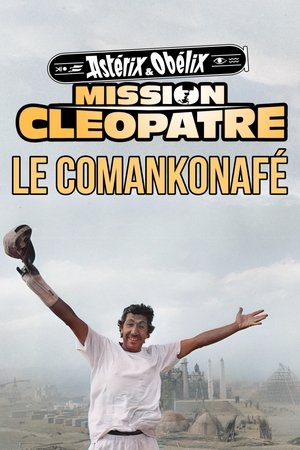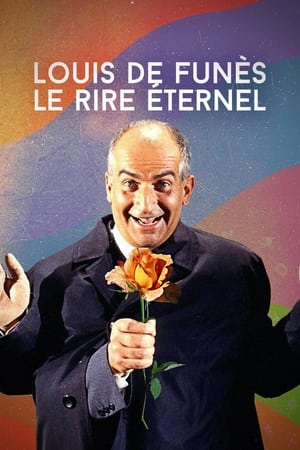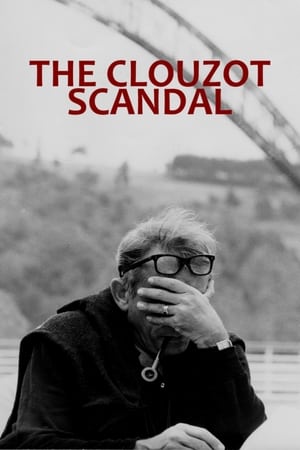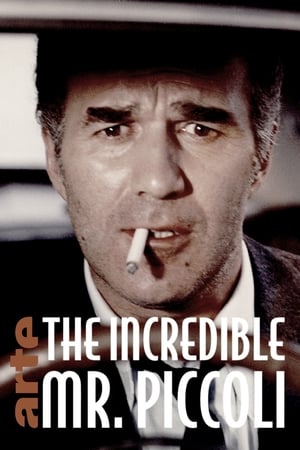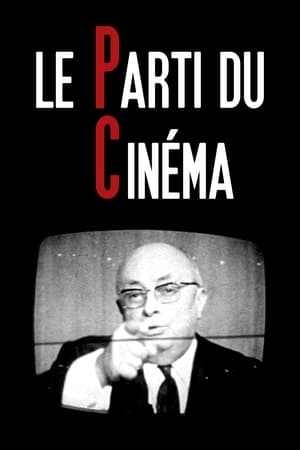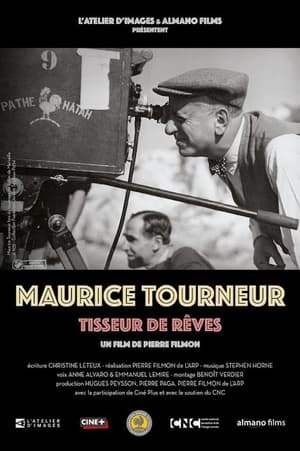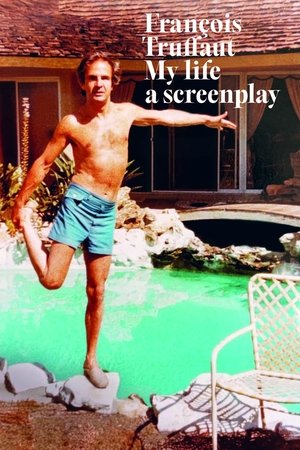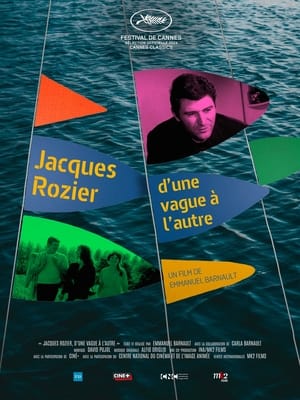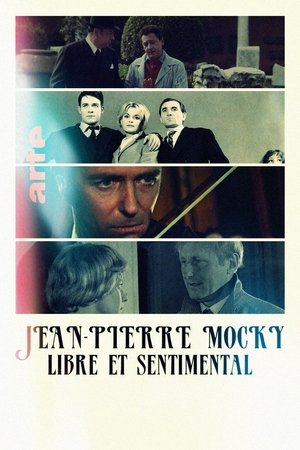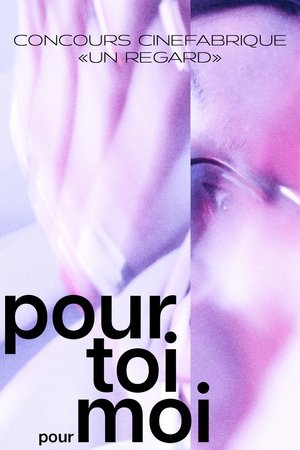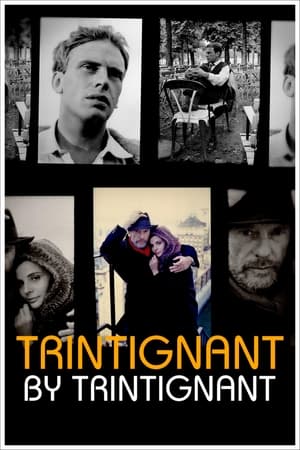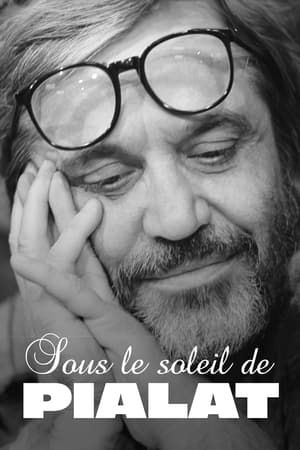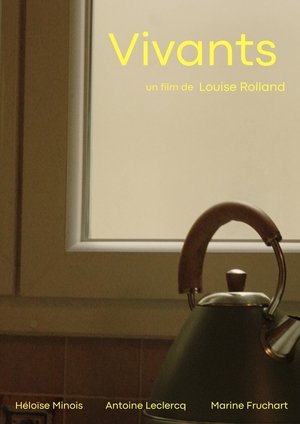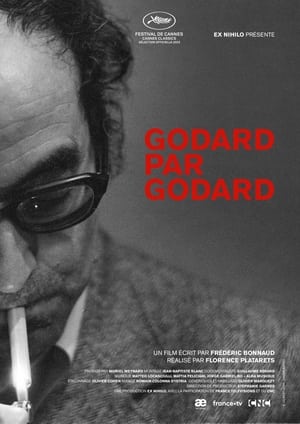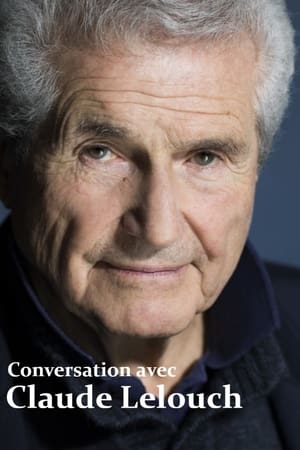Overview
With his popular culture, prolific imagination, and verbal alchemy, Michel Audiard revolutionized cinema in the 1950s and 1960s. Alongside his mentor and friend Jean Gabin, his writing partner Albert Simonin, and his favorite actors Bernard Blier, Lino Ventura, and Michel Serrault, we find his verve and innate sense of repartee, which alone reflect the spirit of the French people and language. From elegance to cheekiness, cynicism to tenderness, he made words speak like no one else. Between the expressions he stole from bar counters to refine them and his encyclopedic knowledge of French culture, he created a unique style and ranks alongside Prévert and Jeanson as one of the greatest dialogue writers in French cinema.

 French
French
 8.7
8.7
 2015
2015
 Belgium
Belgium
